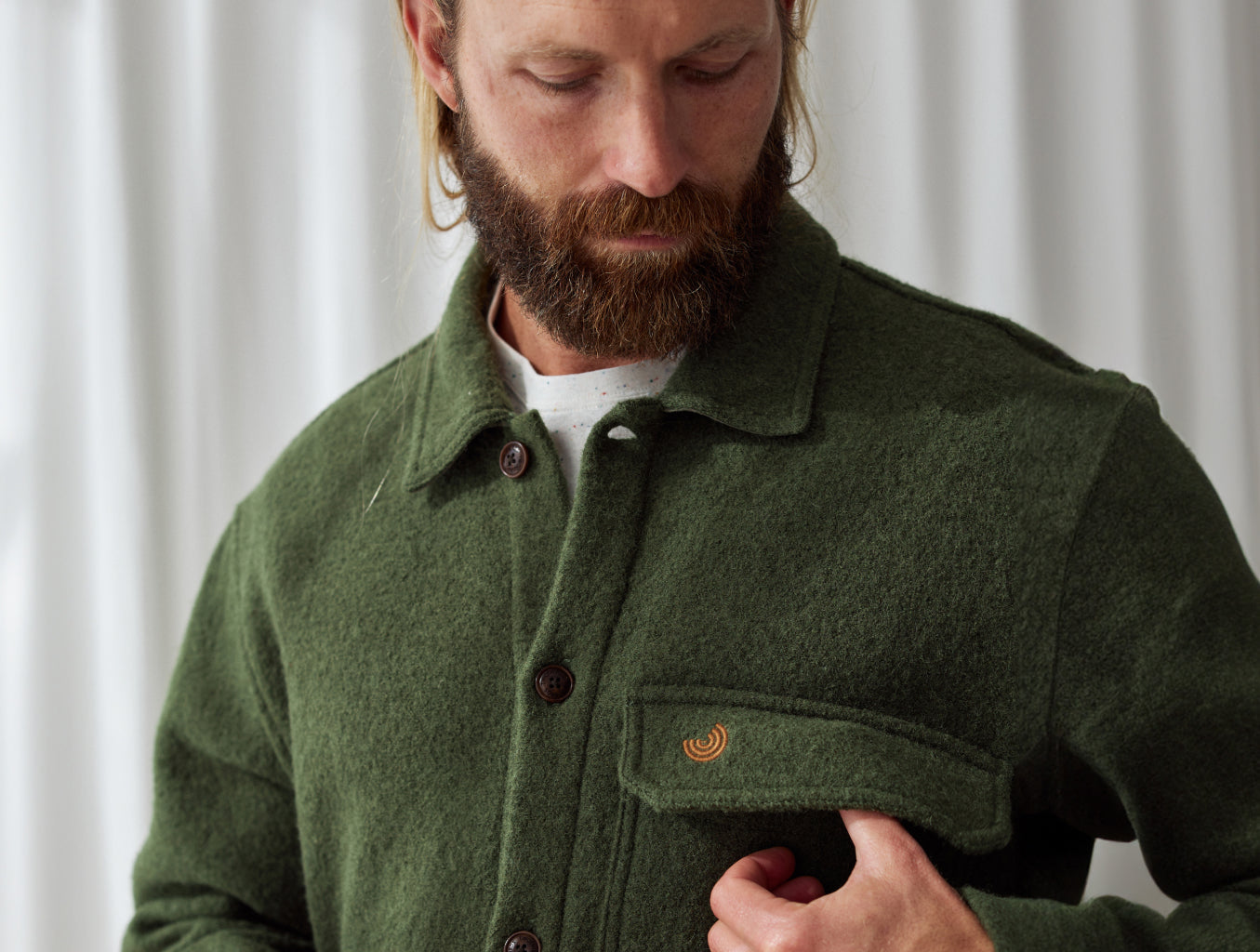Of all the freshwater available on earth, just 0.3% of it is accessible to humans! This drives home the importance of looking after available water sources and reducing our use of it as best we can. Sadly, the fashion industry isn’t known for its frugality. According to Common Objective, fashion’s annual water footprint stands at around 93 billion cubic metres. That’s enough to fill more than 37 million olympic sized pools.
But this is only the tip of the iceberg: not only does the apparel industry require excessive amounts of water, it is well known that the industry pollutes that water with toxic chemicals and dyes…
The fashion industry needs to reduce its water footprint. To show how this can happen, we’ve broken this article down into the 3 areas the fashion industry’s water footprint must be improved.
1) Reducing Water Footprints: Materials
The problem starts at fashion’s raw material stage. Both cotton and polyester - two of the most used fibres in fashion - have problems with water use and contamination. Though the water footprint of cotton is contested, it is definitely not the most water conscious option on the market. Instead of regular cotton we prefer to use either organic cotton or recycled cotton, in the form of our Recover™ styles. Recover™ takes cotton textile waste scraps and used clothing from the textile industry to produce an all-new recycle fibre. The company estimates that 1kg of Recover™ cotton reduces water consumption by 2,116 litres (source: Recover™ LCA Spain verified by EcoReview, 2022)! That’s a massive difference, and shows what could be achieved if the whole industry adopted more recycled cotton.
Elsewhere, sustainable water use is seen in fibres with an environmentally sound production process. In the case of certain botanic fibres (produced by Lenzing AG) all water required for the chemical process is recycled many times before being cleaned and returned to the natural environment.
For the fashion industry to reduce its water footprint, brands need to choose materials that either use limited water (like Recover™) or use it in a smarter way.
2) Reducing Water Footprints: Manufacturing
Equally important to the reduction of fashion’s water footprint is what happens at the manufacturing stage. According to Common Objective, the dyeing, spinning and finishing of fashion’s raw materials (including cotton and polyester) costs around 100 to 150 litres of water per kilo of fibre produced. We use that statistic with a degree of scepticism, because the actual quantity is likely to vary greatly from factory to factory and fibre to fibre.
Among the least efficient types of material is denim - which can involve significant amounts of water waste and dye pollution. Denim jeans need to be washed up to 15 times to achieve their classic washed indigo colour. But there are already technologies that can help reduce that high water consumption and any negative effects on water systems. Take e-flow, the finishing effect that is used on some of our jeans to decolourise the material without producing any wastewater. It can reduce the water footprint of denim by 70-80% - no small feat.
Meanwhile, to once again highlight the excellent work of Recover™: their RColorBlend system pairs undyed recycled cotton with “low-impact dyed” carrier fibres to achieve new fibre blends in a spectrum of colours. Their system eliminates the need to over-dye the fabric downstream, further reducing the water footprint of the final product.
Thankfully, all of our partner factories in Northern Portugal treat water with care. As stated on our Eco page, they each have on-site wastewater production facilities, contributing to increased water quality in Portugal.
3) Reducing Water Footprints: Use
Fashion Revolution estimates that 25% of a garment’s carbon footprint actually comes from laundry. In a similar way, the water used to launder clothes adds an estimated 20 billion cubic metres of water to the fashion industry’s water footprint (+21%). As fashion consumers, we also need to reconsider our relationship with water. One thought-provoking article tells it thus: “we think of (water) only as being owned and used. In particular the global north, take water so entirely for granted that we have lost sight of any meaningful relationship to our water sources, cycles and systems.”
The author recommends being “more aware of water as an element. When you come into contact with it, observe it in detail, see how it adapts to and interacts with your body and other elements around it.”
In practical terms we also need to start paying attention to the water we use, and the contamination caused. This means reducing the number of times we wash clothing, opting for the short washing machine cycle, and following the guidance of care labels. Simply washing your garments on a full load will save 10 litres of water a go.
There are many more ways the fashion industry can reduce its water footprint. This includes a shift away from synthetic fibres, which shed plastics into water ecosystems, and greater supply chain transparency - which is needed to monitor and increase water standards across the industry.












